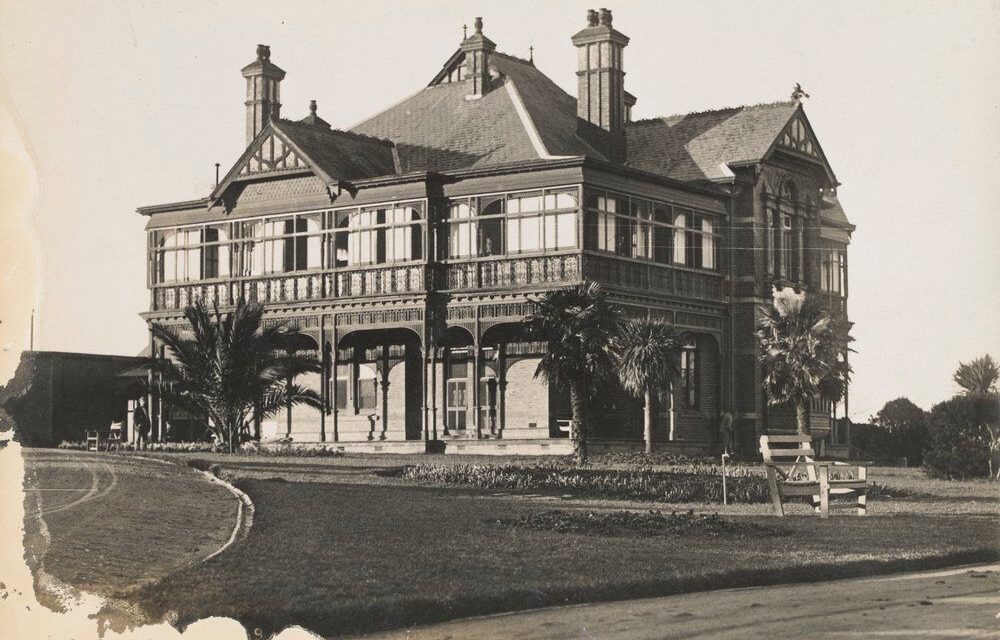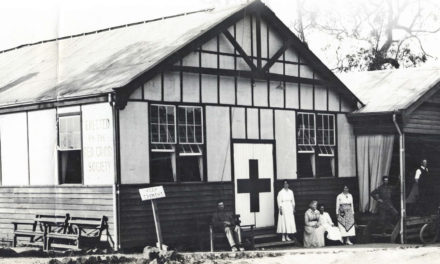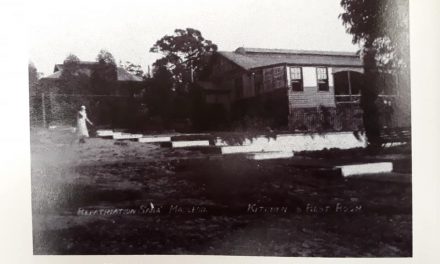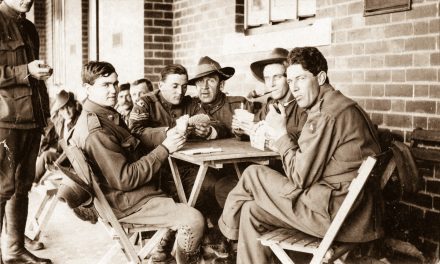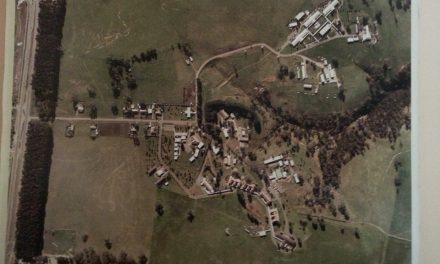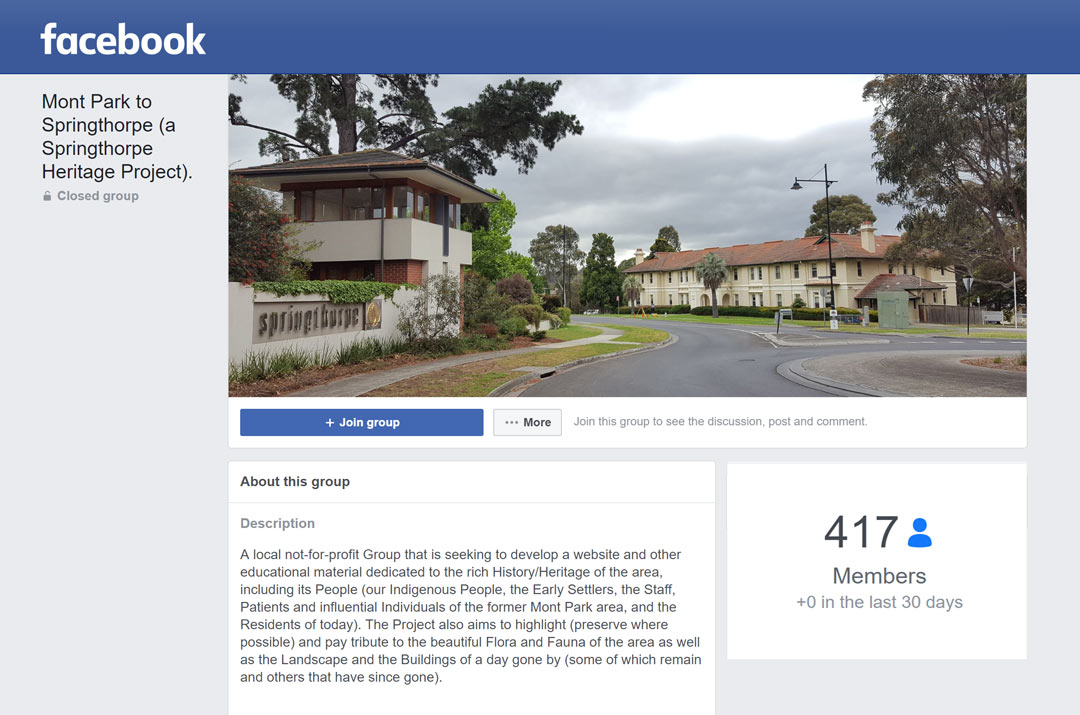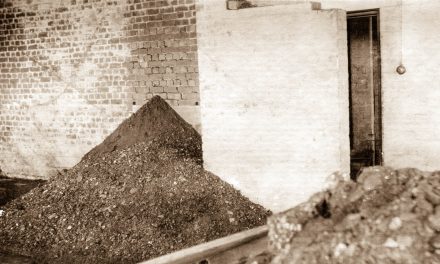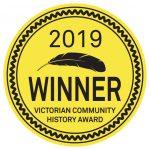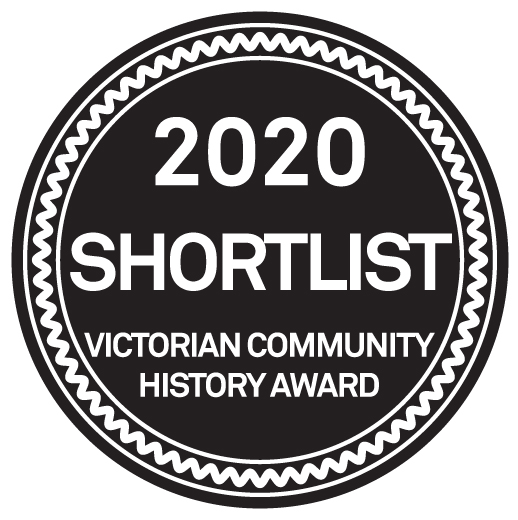
1899 Bundoora Homestead was built on the 600 acre Bundoora Park in 1899 for J.M.V. Smith, a very successful horse racing identity of the times
1920 The Park and Homestead were purchased in 1920 for the Department of Defence and Repatriation, and converted for use for convalescing World War One soldiers
1924 The first 40 of the quieter military patients were moved from Mont Park Hospital to Bundoora Park into accommodation in the Bundoora Homestead. Average age of the patients was 27 years. Pre-fabricated buildings had been put on-site including an Army kitchen, stores and a bath house.
Staff numbered 27 at the Bundoora Homestead site, and the Red Cross had donated the use of a vehicle to transport visitors from Macleod station to Bundoora Park, and for recreational trips for the patients
1933 In April the remaining 12 military patients were all transferred from Mont Park to Bundoora Repatriation Hospital
A residence for the Bundoora Medical Officer was being built near the Homestead
1938 A new D Ward was opened for 42 Bundoora patients
Newspapers were being supplied and use of the piano and singing were encouraged. Heaters, radios and a billiard table were bought from the bequest of Miss Quartermain, a former patron
Radio 3LO donated cricket gear and the Red Cross provided tennis racquets. The patients enjoyed trips and concerts
Doctor John Cade was appointed as Medical Officer and acted as the Pharmacist as well. He published a research paper at this time about work he had done on influenza with Frank Macfarlane Burnet, studying some of the hospital military patients
1943 Another Ward and female staff quarters were being built. There were to be 51 buildings finally in the Bundoora Repatriation Hospital complex
1949 Admissions of World War Two patients now totalled 116, with 58 remaining in residence and some on trial leave. At this time 159 of the residents were veterans from World War One
Doctor John Cade published his landmark article on the use of lithium to treat manic depressive patients after work with his patients at Bundoora
1952 Sports events continued to be sponsored by ‘3XY Good Companions’
1957 Most of the 17 deaths this year were World War One veterans. There was now an increasing proportion of World War Two patients, and some men from the Korean War
Televisions were purchased for all the Wards
Heating was being provided in the closed Wards, but was not yet available in the Homestead Ward
An aviary of 100 birds was set up for the enjoyment of the patients, with the help of the Bundoora RSL
1960 In Occupational Therapy the younger Ward D veterans made steps, benches, brooms and items for use on-site
A Ward (the Homestead) housed the older patients, who were engaged in soaking stamps from envelopes for the Brotherhood of St Laurence, or making simple toys
Group Therapy sessions were being introduced
Playground equipment was installed near the Red Cross Tea Rooms for visiting children
1964 Maximum patient load of 444 was experienced this year, with 139 men on periods of trial leave
1965 127 patients were now more than 65 years old, and this year saw the most patient deaths, numbering 42 with Chaplains visiting frequently
1970 Regular meetings of Alcoholics Anonymous were now made available for patients and their family support members
The Caulfield Market Book Exchange was formed as a commercial enterprise, to which the more capable men travelled by public transport
1972 Day Patient Groups were held in the ‘Old Homestead’ with a view to enabling patients to move back into the community. Therapy Programs were developed utilizing a Nurse, the Medical Officer, a Social Worker and an Occupational Therapist
1974 Clinical placement of female Nursing students was evident at Bundoora, with 12 in 1973, and 18 nursing students in 1974. There had never before been female nurses at the Bundoora Repatriation Hospital, although there were female Matrons
Salary rises were granted for Trained Nurses in 1974. Structured training pathways for psychiatric nursing now guaranteed promotional opportunities
1979 The introduction of female nursing aides at Bundoora ended an all-male tradition. It helped counter the shortage of trained nurses and reportedly had a positive psychological benefit for the patients
1993 The last patients and staff were transferred out of Bundoora Repatriation Hospital and most of the buildings were demolished to make way for suburban housing
The Bundoora Homestead itself was saved by significant community efforts, involving Preston and Darebin Councils and La Trobe University. Substantial refurbishing was needed and financed from local, state and federal government resources. The Homestead’s use as an Art Gallery managed by Darebin Council has made it a great community facility.
Compiled by Kathy Andrewartha
2017
REFERENCES
Bircanin, Ilya and Short, Alex (1995) Glimpses of the past: Mont Park, Larundel, Plenty, The Authors, Melbourne
Cade, John F. (1979) Mending the mind: a short history of twentieth century psychiatry, Sun Book, Melbourne
City of Darebin. (2016) A rich heritage: The story of Bundoora Homestead. City of Darebin. Melbourne.
De Moore, Greg and Westmore, Ann (2016) Finding sanity: John Cade, lithium and the taming of bipolar disorder, Allen and Unwin, Australia
Kenna, L. (1988) In the beginning there was only the land. Lions Club of Bundoora. Melbourne.
Lewis, John and Smith, Dennis K. (2004) Film –Troubled minds: the lithium revolution, Film Australia, Film Victoria, SBS-TV
Larsson, M. (2009) Shattered Anzacs: living with the scars of war. University of New South Wales Press, Sydney.
Reports of the Director of Mental Health/Mental Hygiene Authority/Mental Health Authority/ Health Commission of Victoria 1910 – 1987, online
Vic Heritage Database Report 2000, http://vhd.heritagecouncil.vic.gov.au/places/5619/download-report
Vic Heritage Database Report 2007 http://vhd.heritagecouncil.vic.gov.au/places/70193/download-report

